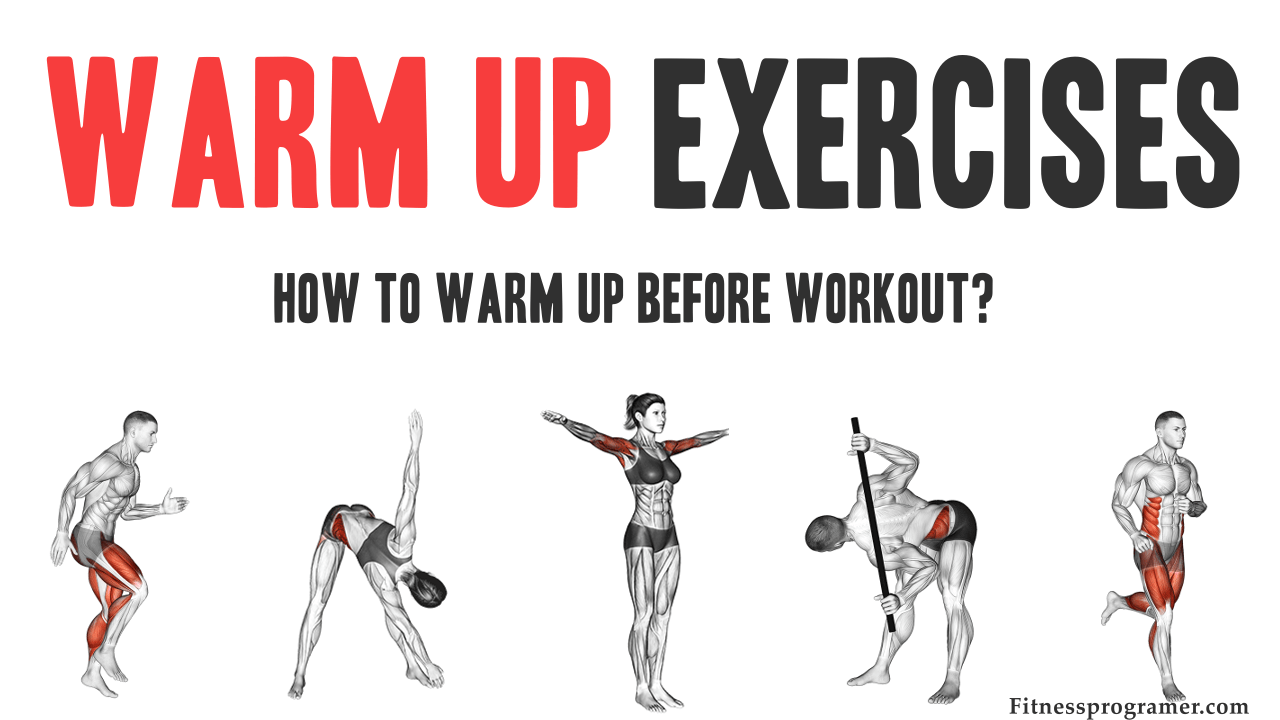
Best Practices to Protect Joints and Ligaments
Our joints and ligaments are the unsung heroes of our movement, silently supporting every step we take. Best practices to protect joints and ligaments are crucial for maintaining mobility and preventing pain as we age. From understanding their structure and function to incorporating joint-friendly exercises and a balanced diet, there are many ways to keep these vital components healthy and strong.
This guide will explore the importance of protecting our joints and ligaments, offering practical tips and strategies for a healthier and more active life.
Managing Joint Pain

Joint pain is a common problem that can affect people of all ages. It can be caused by a variety of factors, including injury, overuse, arthritis, and other medical conditions. Managing joint pain can be challenging, but there are a number of things you can do to reduce your symptoms and improve your quality of life.
Over-the-Counter Pain Relievers, Best practices to protect joints and ligaments
Over-the-counter pain relievers can be effective in managing mild to moderate joint pain. These medications work by reducing inflammation and blocking pain signals. Common over-the-counter pain relievers include:
- Acetaminophen (Tylenol): This medication is effective for reducing pain, but it does not have anti-inflammatory properties.
- Ibuprofen (Advil, Motrin): Ibuprofen is a nonsteroidal anti-inflammatory drug (NSAID) that can reduce both pain and inflammation.
- Naproxen (Aleve): Naproxen is another NSAID that can help reduce pain and inflammation.
It is important to talk to your doctor before taking any over-the-counter pain relievers, especially if you have any underlying medical conditions.
Topical Creams
Topical creams can be applied directly to the affected joint to reduce pain and inflammation. These creams typically contain ingredients such as capsaicin, menthol, or salicylates.
- Capsaicin: This ingredient is derived from chili peppers and works by blocking pain signals.
- Menthol: Menthol has a cooling effect that can help numb the affected area.
- Salicylates: Salicylates are anti-inflammatory agents that can reduce swelling and pain.
Topical creams are generally safe for most people, but some people may experience skin irritation or allergic reactions.
Alternative Therapies
Alternative therapies can be a helpful adjunct to conventional treatments for joint pain. Some popular alternative therapies include:
- Acupuncture: Acupuncture involves inserting thin needles into specific points on the body to stimulate energy flow and reduce pain.
- Massage: Massage can help relax muscles, improve circulation, and reduce pain.
- Yoga: Yoga is a form of exercise that combines physical postures, breathing techniques, and meditation. It can help improve flexibility, strength, and balance, which can be beneficial for people with joint pain.
It is important to note that alternative therapies may not be effective for everyone, and some may interact with conventional medications. It is always best to talk to your doctor before trying any new therapies.
Conclusive Thoughts: Best Practices To Protect Joints And Ligaments

Taking care of our joints and ligaments is an investment in our overall well-being. By understanding their needs and adopting healthy habits, we can minimize the risk of injury and enjoy greater mobility throughout our lives. Remember, it’s never too late to start prioritizing joint health.
Let’s move with confidence and ease, one step at a time.
Keeping your joints and ligaments healthy is a lifelong endeavor. While proper exercise, balanced nutrition, and maintaining a healthy weight are crucial, the question of whether supplementation is necessary often arises. Experts debate should you supplement , weighing the potential benefits against the risks and individual needs.
Ultimately, consulting with a healthcare professional is essential to determine the best course of action for your specific situation.
Protecting our joints and ligaments is crucial for maintaining mobility and preventing injuries. A key component of this is incorporating regular stretching into our routines, and for those who find stretching a chore, there are many ways to learn to love stretching.
By finding enjoyable ways to stretch, we can improve our flexibility, range of motion, and overall joint health, making it easier to move freely and confidently.
Keeping your joints and ligaments healthy is essential for overall well-being. One of the best ways to do this is through regular stretching, which improves flexibility and range of motion. To get the most out of your stretching routine, it’s helpful to understand the different types of stretches and when to do each.
A great resource for this is this article on common types of stretches and when to do each , which breaks down different stretching techniques and their benefits. By incorporating a variety of stretches into your daily routine, you can help protect your joints and ligaments and enjoy a more active and pain-free life.

